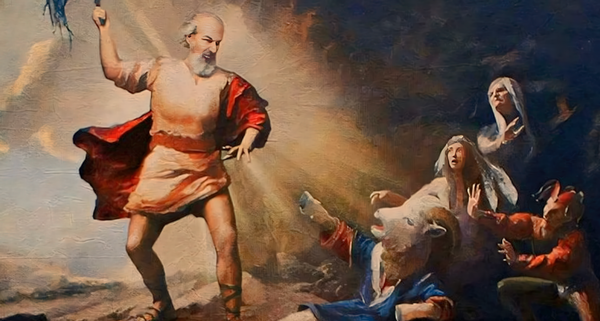The Mystery of Time’s Arrow
This simple model of the universe shows how one natural law points toward order.
:extract_focal()/https%3A%2F%2Fpocket-syndicated-images.s3.amazonaws.com%2Farticles%2F5687%2F1600367643_GettyImages-535829191.jpgcrop.jpg)
As conscious beings, we are constantly aware of the relentless march of time. You can make an egg into an omelet, but you can’t turn an omelet back into an egg. Dropped glasses shatter and do not reassemble themselves. Above all, we age and become decrepit; there is no return to youth.
But this is a great scientific mystery. There is nothing in the form of the laws of nature at the fundamental microscopic level that distinguishes a direction of time. They are time-symmetric. But the behavior of macroscopic objects around us is subject to the famous second law of thermodynamics, according to which disorder (as measured by entropy) always increases with time. This puts a direction, or arrow, of time into phenomena. The classical studies by Maxwell and Boltzmann in the second half of the 19th century assumed the existence of atoms and showed, on the basis of reasonable laws, that non-uniform distributions of atoms would always have a tendency to be washed out into a state with a uniform temperature distribution.




